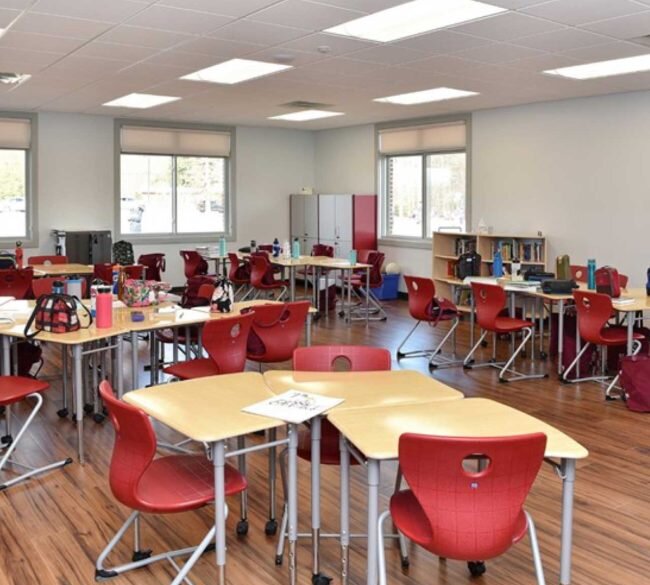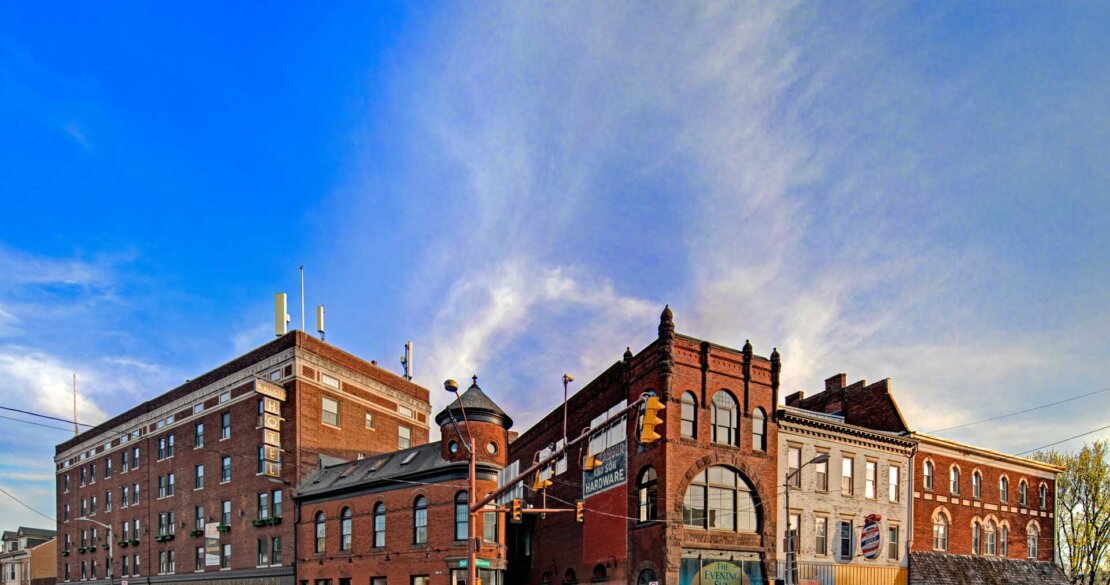We’re in the middle of hurricane season. As the climate changes over time, architectural designers must develop new strategies and build beyond these massive storms.
Unfortunately, we’ve already witnessed firsthand the devastation hurricanes cause. The damage inflicted by 2005’s Hurricane Katrina cost an estimated $125 billion, destroying over 200,000 homes and displacing more than 650,000 residents. Hurricane Sandy, which struck the East Coast, caused nearly $70 billion in damage, and Hurricane Maria cost an estimated $115.2 billion in damage in Puerto Rico, wiping out much of the island’s power grid and weakening the local economy.
This doesn’t account for the injuries and fatalities caused by each tropical cyclone.
In the case of Katrina, the powerful winds overwhelmed and breached New Orleans’ levee system, which failed due to inadequate design and construction. The city’s mass flooding only underscores the importance of hurricane-ready architecture.
Here’s how architects can implement design strategies to withstand hurricane impact and protect residents of the Gulf Coast and beyond.
Elevate to Stand Above the Storm
Flooding and storm surge are serious threats in coastal zones. Elevating habitable spaces, whether on pilings or raised foundations, is a proven strategy to reduce risk.
Homes elevated 10 to 20 feet above ground level dramatically diminish flood impact, while “breakaway” lower components can allow water to pass without compromising the main structure.
Shape, Form, and Materials That Fight Wind
Sustained wind from a Category 5 hurricane can reach over 157 miles per hour. Wind load, or the force of wind against a building, can cause significant damage to even the most well-built structures.
A building’s shape has a dramatic influence on how it withstands winds during a hurricane. Circular or aerodynamic designs, such as domes, curved walls, or sloped hip roofs, help deflect strong gusts, reducing uplift and pressure points. Deltec’s circular homes, for example, divert wind more efficiently, resulting in minimal damage even during Category 4 or 5 storms.
Material-wise, high-performance reinforced concrete, impact-resistant glazing, steel framing, and ultra-high-performance concrete (UHPC) deliver superior strength and durability. UHPC, though more costly, offers significant longevity and performance where budget allows.
Storm‑Resistant Doors and Windows
In high‑wind events, windows and doors are often vulnerable points of failure. Investing in impact-resistant glazing, such as laminated or polycarbonate, can prevent breaches and injuries from airborne debris.
Roofs are another critical component. Low‑pitch designs, secure hurricane straps, and tightly fastened materials help combat uplift.
Waterproofing Drainage Integration
Resilience isn’t just about standing up to the wind. It’s also about managing water. A multilayered waterproof envelope, comprehensive drainage, and site strategies, such as permeable landscaping, swales, and cisterns, effectively channel and contain stormwater.
Programs such as Fortified by IBHS illustrate the measurable benefits of such designs. Homes built to these standards experienced 55% to 74% fewer claims after hurricanes and significantly lower damage severity.
Energy Independence and Passive Survivability
Power outages are almost inevitable during significant storms. Architecture must ensure continued function, even when the grid goes dark.
Solar PV integrated with battery storage can keep essential systems running. Many communities will bury utility lines to avoid wind damage and integrate solar-powered microgrids for energy independence.
Designing for thermal comfort without full reliance on mechanical systems helps buildings remain habitable throughout outages. Features such as operable ventilation, thermal mass, cross-ventilation, and plumbing fixture flushing techniques, are all essential ways for maintaining power during hazardous weather conditions.
Planning for Communities
A truly resilient design considers neighborhood context—mixed-use planning, accessibility, and integrated green infrastructure boost flood management and community support.
Babcock Ranch, Florida, exemplifies this with a solar-powered, elevated planned community built 30 feet above sea level, featuring buried utilities and nature-based stormwater systems that remained nearly untouched by Hurricane Ian.
Strategic Project Management and Collaboration
Thoughtful design must be paired with rigorous project delivery. Early risk assessment, like understanding local flood zones and historical storm patterns, helps guide design decision-making.
Collaboration across architects, engineers, planners, clients, and communities ensures buildings are cohesive and context-aware. Adaptive planning and post-project reviews refine strategies for the long term, guaranteeing ongoing effectiveness.
Beautiful, Unbreakable Buildings
For Gulf Coast architecture, resilience is a foundational principle. SAAarchitects’ mission is to transform aesthetics into armor: elevating spaces, employing wind-deflecting design, reinforcing every material, and planning for sustained functionality, even in the darkest storms.
By harmonizing clever design, durable materials, energy independence, and thoughtful community planning, we craft spaces that protect people and the communities they love.
Are you exploring hurricane-ready design for your next project?
Let’s work together to build not just beautiful spaces, but also ones that will withstand climate evolution.

